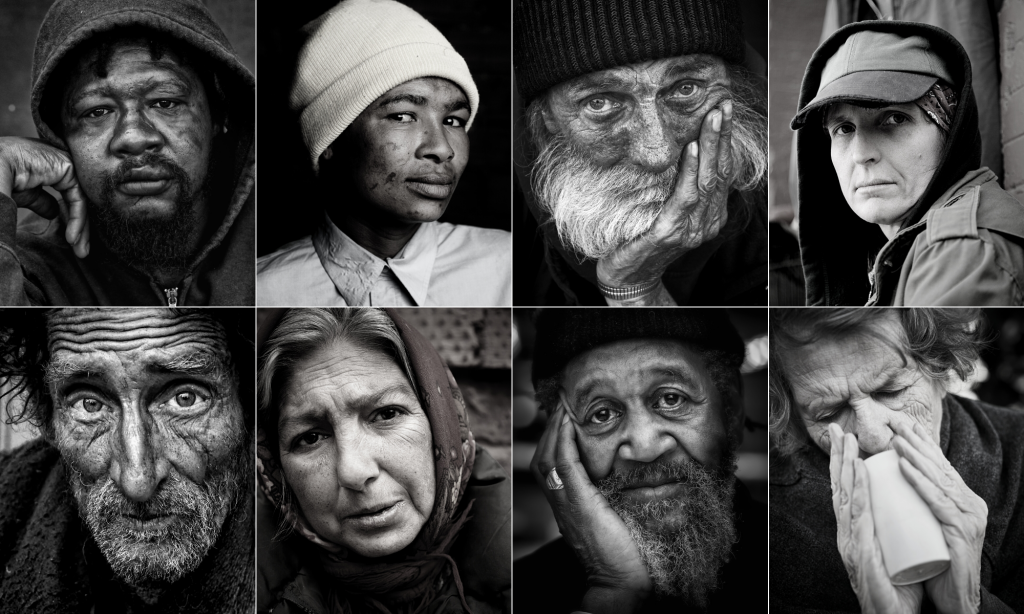
Close
When you imagine homelessness, who do you see? If you’re like most people, the answer is probably a vision of folks standing on corners with a sign in their hands or tents lining a sidewalk.
Historically, this might have been a fairly accurate picture – and is certainly still the most visible! However, in the face of income inequality and the rising crisis of affordable housing, access to a permanent living space has grown scarce, leaving lots of folks left couch surfing, doubling-up with other family members, or living in motels.
Among homelessness service providers, this experience is often referred to as “invisible” or “hidden” homelessness – not just because these aren’t the

people we can typically see outside, but also because their invisible status is reflected in the way that support for homelessness is divvyed up. To qualify for most HUD-funded homelessness resources, a person must be experiencing “unsheltered homelessness”. This definition encompasses those living in emergency shelters, in cars, tents, abandoned homes, or anywhere else “not meant for human habitation”.
Compounding these difficulties, we don’t have a solid idea of how many people are experiencing invisible homelessness on any given night. The yearly Point in Time Count conducted by cities across the country to understand their homeless population includes only those experiencing unsheltered homelessness. Otherwise, the best guesses come from school reports, which include counts of students living in doubled-up situations. In 2020, 23,372 students were reported as experiencing homelessness overall. Of those, 20,930 were doubled-up or living in motels.
In the aftermath of last year’s deadly ice storm, when Tulsa’s outreach teams began to take inventory of exactly how many people we’d transitioned into hotels, we encountered hundreds more who’d lived in their hotel rooms for months or years before we came knocking. These people go on with their lives – working their jobs, taking their kids to school – but apartments are so scare and unaffordable, especially for those on a fixed income, that hotels are the only available option.
Throughout the year, people also move fluidly between homeless statuses – renting a hotel for a week when a check comes through or crashing on someone’s couch when the weather gets deadly. For a person experiencing homelessness to qualify for the most supportive housing programs, providers must be able to document an entire year of “unsheltered” homeless experience. That means that the week a person spent in a hotel or on a couch has the potential to jeopardize their eligibility for the very services meant to support them.
For folks in these situations, all hope for help is not lost. Housing Choice Vouchers are available through both Tulsa Housing Authority and Oklahoma Housing Finance Authority. While vouchers gained through Tulsa Housing Authority are intended to be used within Tulsa, Oklahoma Housing Finance Authority vouchers are applicable statewide. For direction to other resources, such as rental and food assistance, 2-1-1 is invaluable.
At the end of the day, the most effective way to address every experience of homelessness is to preserve and expand affordable housing options. This includes efforts to reduce evictions and invest in solutions that allows those with criminal justice backgrounds to reintegrate and find housing of their own. Together, we can ensure that every Tulsan has a home of their own.
Housing Solutions © 2020. All rights reserved.

